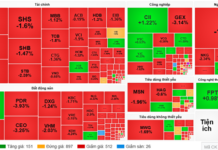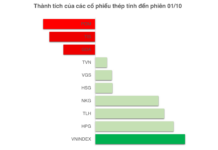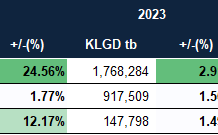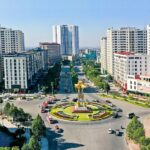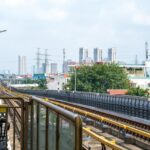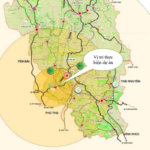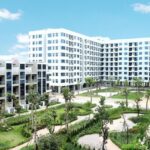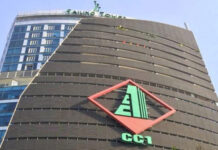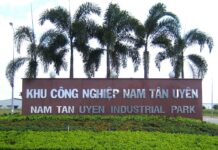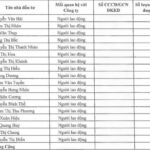In recent years, Da Lat has faced criticism for losing its charm amidst a concrete surge. From landslides claiming lives to roads turning into rivers during heavy rains, and the stifling heat trapped between greenhouses and concrete, the city’s dreamlike essence is fading daily.
In response to VTC News’ inquiries, Lam Dong Province has provided feedback, outlining their stance and a series of measures they claim will preserve Da Lat’s uniqueness.
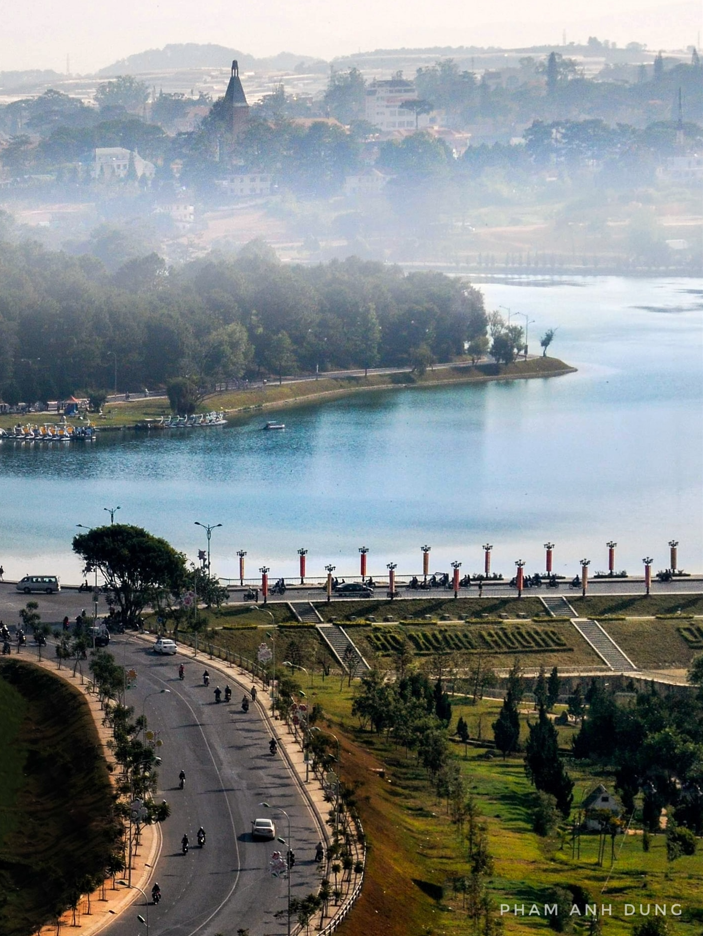

Da Lat’s nostalgic past, captured by photographer Pham Anh Dung.
How does the province assess the concrete sprawl in Da Lat in recent years? What are the primary causes?
Concrete sprawl is a common issue in urban areas, especially in developing tourism hubs like Da Lat. The increasing demand for legal construction from organizations, individuals, and residents, coupled with the need to accommodate tourists, has fueled this trend.
Additionally, infrastructure upgrades to enhance transportation for residents and tourists have contributed to the concrete sprawl.
To address this, experts have thoroughly analyzed and evaluated Da Lat’s development trends, strengths, weaknesses, opportunities, and challenges during the city’s master planning process. The goal is to ensure future development aligns with tourism potential while preserving Da Lat’s unique architectural and landscape identity.
Has there been any negligence in construction permitting and urban infrastructure control in Da Lat?
Lam Dong Province has always prioritized construction order management. In 2022, Decision No. 31/2022/QĐ-UBND was issued, outlining construction order management, responsibility delegation, and construction notification procedures. This decision assigns specific responsibilities to district and commune levels.
To prevent management lapses during the local government reorganization, the province directed agencies and localities to strengthen state management in construction order, urban order, environmental hygiene, land management, and forest protection.
Regarding architectural design, local authorities manage construction investments based on approved planning and regulations. However, managing residential architecture, especially exterior details, remains challenging due to individual design rights.
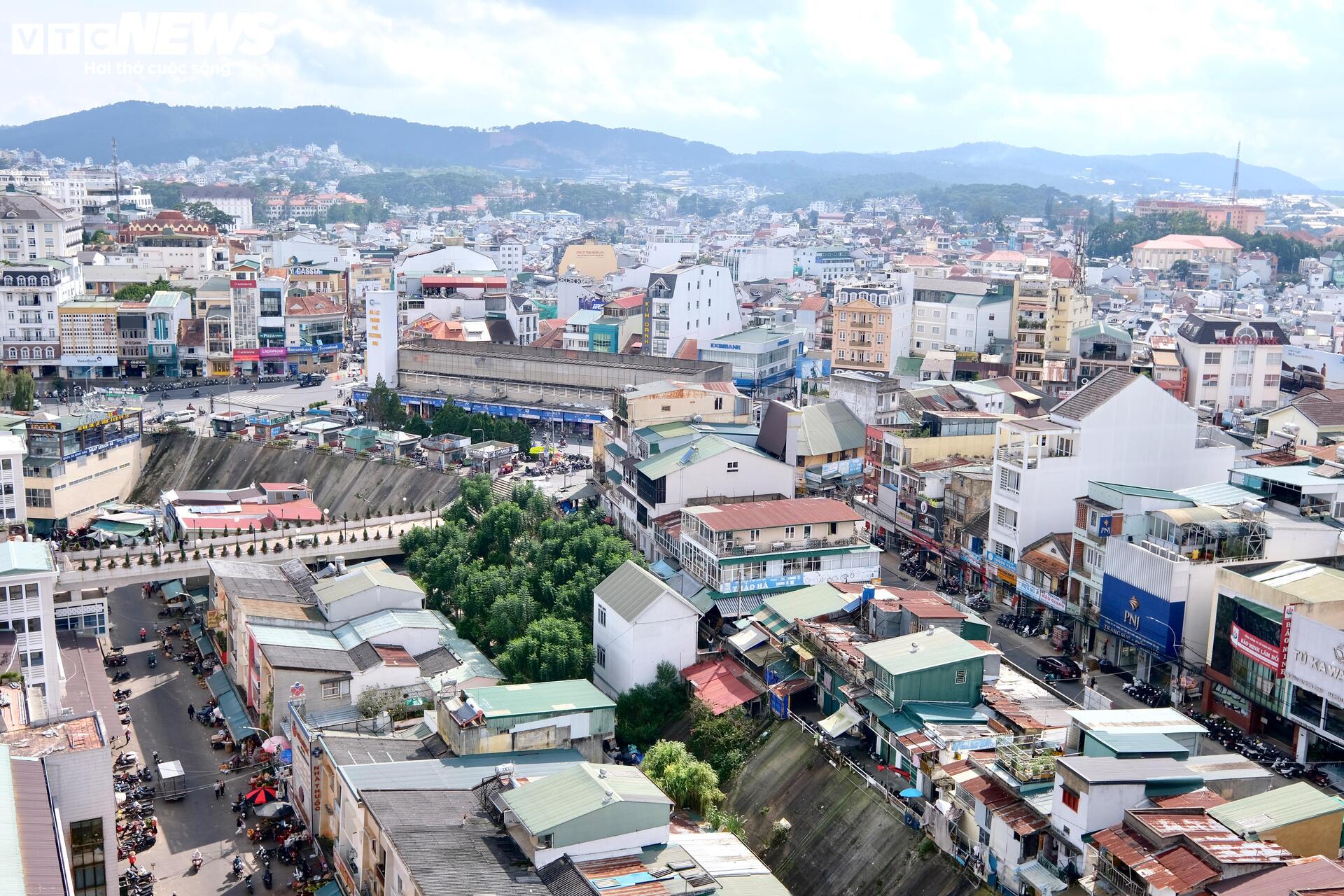
Today’s Da Lat: A landscape of concrete and greenhouses.
Which agencies are accountable for the construction of projects incompatible with Da Lat’s architectural heritage?
Post-merger, local authorities are reviewing and adjusting planning documents. The Department of Construction will collaborate with localities to complete this task and propose measures to enhance detailed planning coverage. This aims to systematically manage architectural design and infrastructure development.
The province considers this a solution to control construction, management, flooding, and landslides, as noted by the media.
Has the province assessed the environmental risks (landslides, flooding, water infiltration reduction) associated with concrete sprawl and greenhouse expansion? What are the findings?
Attributing landslides and flooding solely to concrete sprawl and greenhouse expansion lacks sufficient evidence.
Lam Dong Province organized a scientific workshop to evaluate the situation, causes, and solutions for landslides and localized flooding. Experts from various fields participated, identifying objective and subjective causes:
Objective Causes: Hilly terrain, weak basalt soil, increased heavy rainfall, prolonged rain weakening soil, clogged drainage systems, and limited infrastructure investment.
Subjective Causes: Inadequate survey and design, detailed drainage planning deficiencies, insufficient climate change and greenhouse predictions, and limited maintenance.
The workshop proposed solutions: Focus on surveying and monitoring high-risk areas, dredging lakes and streams, maintaining drainage systems, prioritizing old infrastructure upgrades, and planning for sustainable drainage and climate change adaptation.
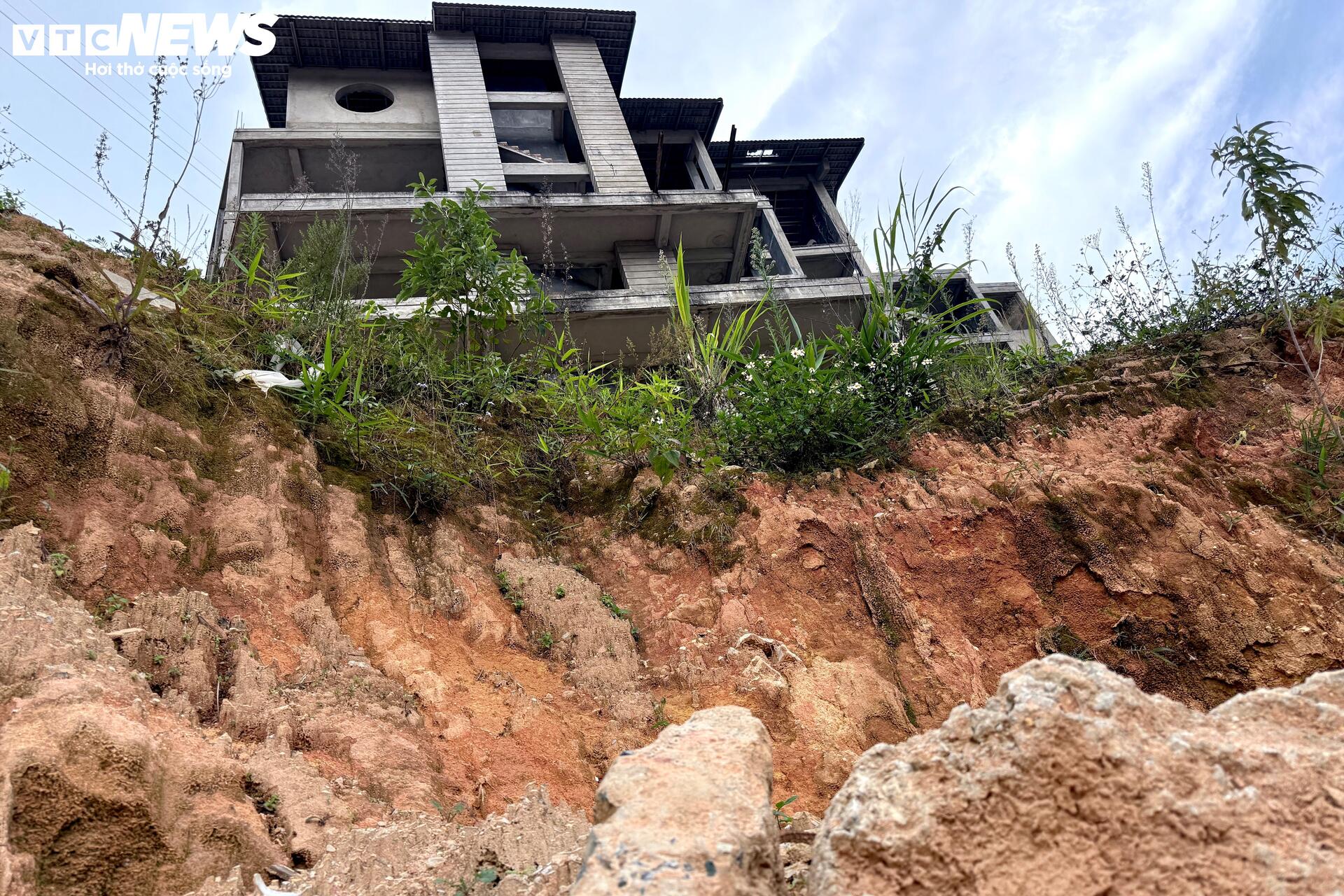
An unfinished house abandoned due to a landslide, resulting in two fatalities.
What specific measures are included in Da Lat’s 2045 master plan to curb rampant construction and preserve its architectural, landscape, and green spaces?
The former Da Lat master plan to 2045 comprehensively analyzed natural conditions, terrain, and urban landscape. It builds upon previous French-designed plans, dividing the city into three zones: urban core, ecological buffer, and ecological conservation. These zones are connected by ring roads, radial roads, and water landscape axes, with controlled construction density and land use coefficients.
For the former Da Lat area, the province directed the development of urban architectural management regulations to enhance construction investment management and landscape preservation.
Due to legal changes during the two-tier government and merger process, the Department of Construction sought guidance from the Ministry of Construction. Upon receiving this guidance, the department will advise the province on implementation.
Is the proliferation of hotels, high-rises, and tube houses in central Da Lat, overshadowing or replacing French villas, part of the approved planning?
Since 2011, Lam Dong Province has regulated the use of state-owned villas in Da Lat. Updated regulations were issued in 2017 and 2023, categorizing state-owned villas into three management groups with specific rules for demolition, reconstruction, renovation, and maintenance.
Currently, the province manages these villas according to the 2023 regulations.
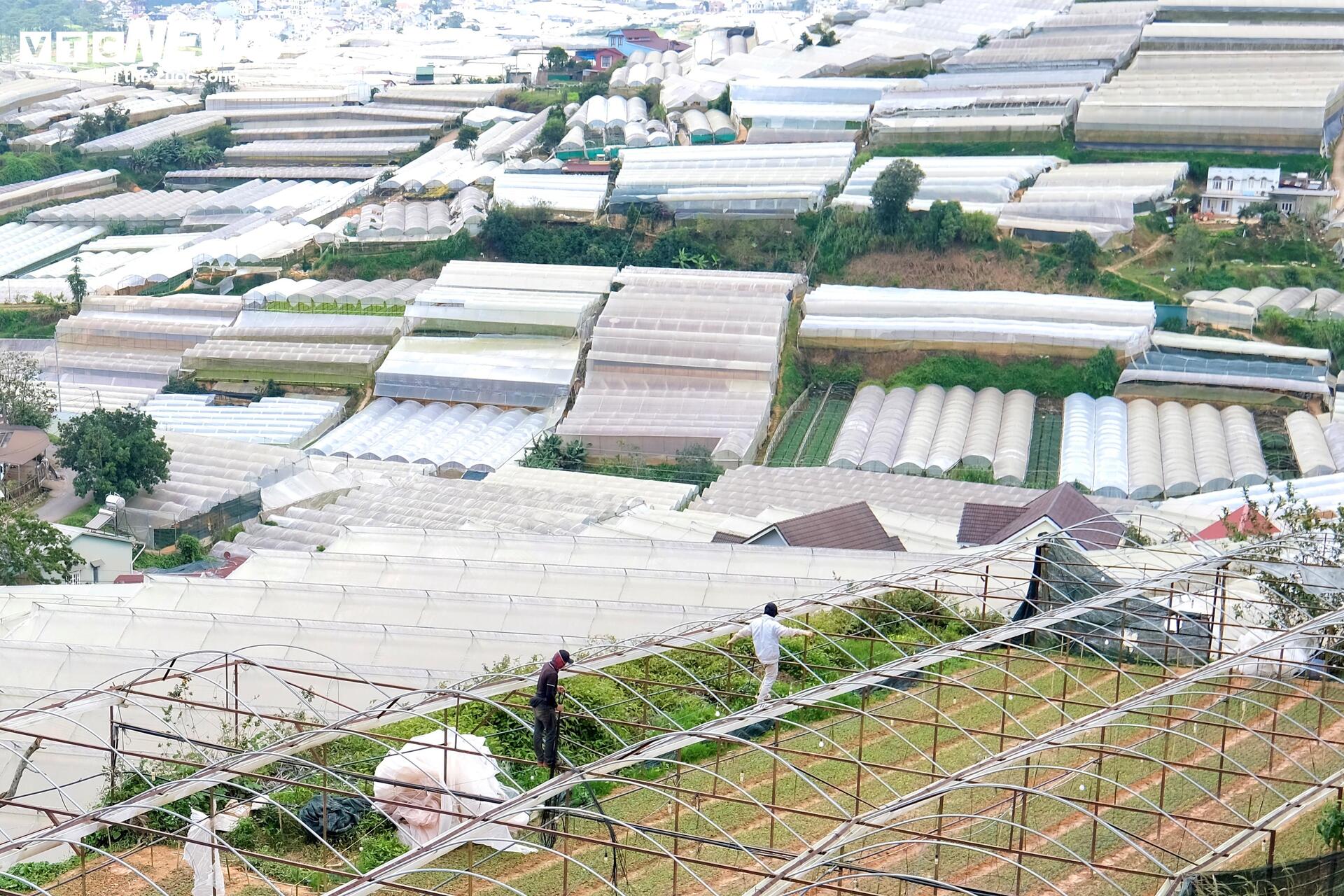
Greenhouses engulfing Da Lat.
What specific plans does the province have to preserve French villas and architecture as a living heritage linked to cultural tourism?
State-owned French villas along Tran Hung Dao, Quang Trung, Hung Vuong, and the former Le Lai villa area (now part of the An Nam Ma Ra Da Lat project) are managed according to specific plans, preventing dense construction or overshadowing.
However, managing private villas is challenging due to owners’ legal rights. Unless protected, these villas may be altered or demolished.
In future planning adjustments, the province will consider stricter mechanisms for these villas to preserve Da Lat’s architectural identity.
How does the province plan to balance tourism growth, urbanization, and preserving Da Lat’s “dreamy mountain town” identity?
The province will apply the “3C” principle:
Carrying Capacity: Development is limited by infrastructure, population, and environmental capacity. Projects exceeding this capacity will be rejected.
Character: Maximize preservation of Da Lat’s architectural, landscape, and cultural elements.
Compactness: Promote controlled, concentrated urban development linked to public transport and infrastructure.
Specific measures include controlling building height, density, and land use; strictly regulating the preservation of characteristic buildings; setting clear capacity thresholds for infrastructure; and encouraging eco-tourism and community-based tourism over high-rise resorts.
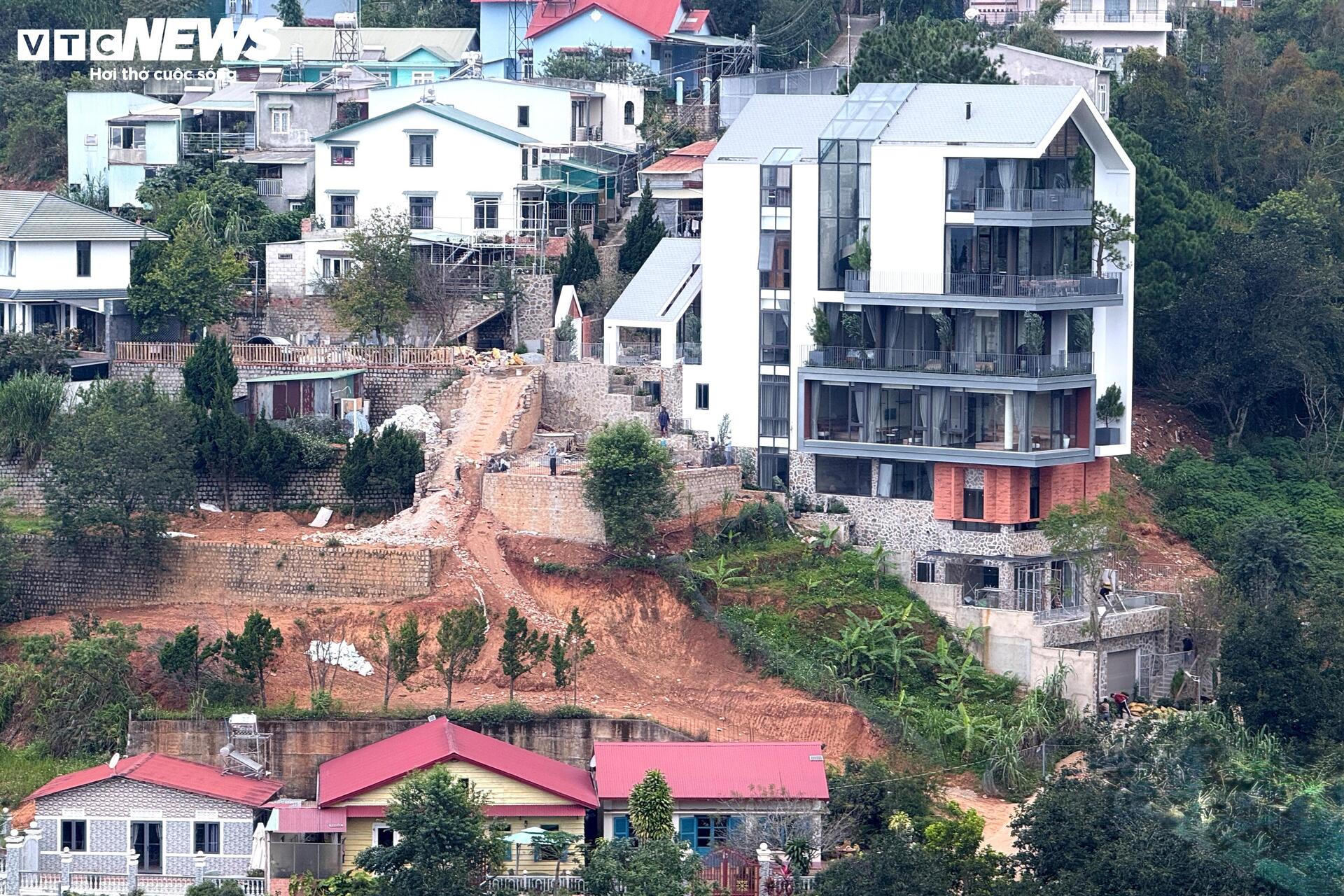
Hotels and cafes precariously perched on hillsides.
Is the province implementing plans to develop satellite towns like Lac Duong and Duc Trong to alleviate pressure on Da Lat’s center?
According to planning, Da Lat’s population and tourism pressure will be distributed to satellite towns:
Duc Trong: Positioned as a conference and high-end tourism hub, leveraging its transportation advantages (Lien Khuong Airport, National Highway 20).
Lac Duong: Focused on eco-tourism, linked to Bidoup – Nui Ba National Park and forest spaces.
Lam Ha: Developed for logistics, light industry, and supplying Da Lat.
Developing satellite towns and regional connectivity will reduce pressure on Da Lat while enhancing the potential of the entire central Lam Dong area.
What message does the province have for residents concerned about Da Lat being “lost to concrete”?
The province is committed to developing the city while preserving traditions, protecting the urban landscape, and addressing climate change. All construction activities must comply with approved planning and regulations.
Unauthorized construction will be strictly managed, with violations penalized and rectified. Transparency in data will enable public and media oversight.
To achieve this, the province will intensify construction order inspections, review planning in sensitive areas, streamline permitting, and digitize construction management processes.
Over 1,000 Social Housing Units Set to Launch in Locality on Path to Centrally Governed City Status
Unveiling a transformative housing solution, the Social Housing Project No. 01 in Bac Ninh boasts over 1,000 apartments, backed by a substantial investment of nearly 1.6 trillion VND. This ambitious initiative aims to provide affordable housing for 3,600 low-income individuals and workers, addressing the pressing need for quality residences in the region.
Usually Tín Rides the TOD/TOC Wave: Real Estate Enters a New Growth Phase
Nestled in a prime location and bolstered by a slew of pivotal infrastructure projects aligned with Hanoi’s TOD and TOC development strategies, the real estate market in the former Hong Van commune, Thuong Tin district, is emerging as a high-potential growth hub. This presents a golden opportunity for savvy investors to capitalize on the early wave of development.
Vingroup Secures 85+ Hectares in Tuyen Quang for My Lam Golf Complex Near 540-Hectare Urban Development
Nestled in a sprawling 110-hectare landscape, Mỹ Lâm Sports Complex and Golf Course boasts over 85 hectares of meticulously developed grounds, offering a premier destination for sports enthusiasts and golf aficionados alike.


